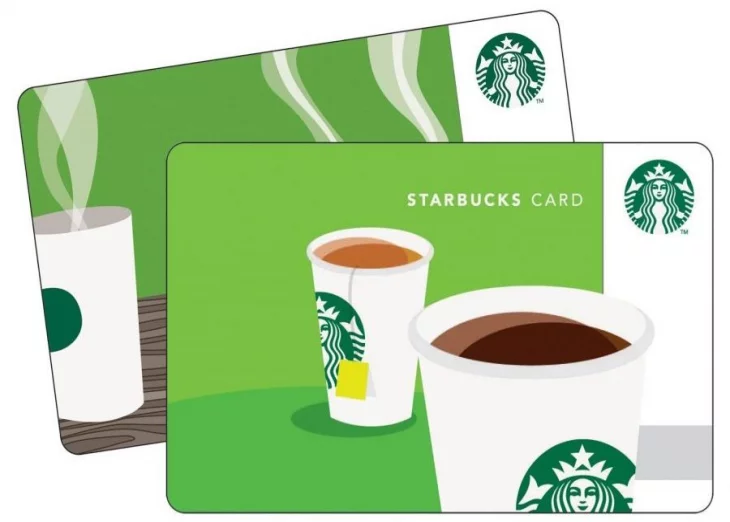After Starbucks: Can restaurants leverage technology to build connections with their customers?

Many people think that the ability to produce great food is enough by itself to run a successful food service outlet. However, the reality of the restaurant owner’s job is far more diverse.
Restaurateurs must balance all the requirements of running a small business. This includes accounting and bookkeeping, managing a perishable stock inventory, leading a team of people, and maintaining all the tools, equipment and premises needed to run their operation.
On top of all this, restaurant owners must also undertake all the marketing, advertising and promotional activities that ensure customers keep coming back to their tables, month on month, year on year.
It’s little wonder then that in the US alone, 60% of restaurants don’t make it to their first anniversary, and 80% fail within five years of opening.
However, many food service operators of today are now successfully embracing technology to help with the customer engagement aspects of running such a complex business.
One example is in the area of online ordering, which has become more popular over the last few years. Bigger chains such as Domino’s launched their own proprietary web-order platforms.

For smaller independent outlets, home delivery services are growing in popularity, with Uber Eats reported as the fastest-growing food delivery service in the US earlier this year.
A further example is in the use of customer relationship management [CRM] systems. Restaurants use CRM platforms to collect and manage information about their customers, which helps with marketing and promotional efforts.
One example of how a CRM tool is used is in feedback surveys. While many restaurants use feedback surveys, without a CRM system they can be cumbersome to manage, and the results difficult to process.
For instance, conducting a survey without a CRM tool may mean having a staff member call back to all customers who dropped their business card into a jar when leaving the restaurant.
With a CRM tool, surveys can be integrated into existing functionality. For example, if a customer provides their email address to make an online reservation, the CRM tool could send an email after the reservation date with a survey about their experience. The results can be incorporated into a database that provides analytics of how the restaurant is performing on customer service or food quality.
Using a CRM tool to collect and manage data also provides restaurants with the opportunity to create a more customized experience for their customers. For example, by collecting date of birth, a restaurant can use this data to send a personalized email wishing the customer a happy birthday, and with a voucher or discount offer attached.
One of the challenges for CRM systems is in persuading customers to hand over their personal data.
Unfortunately for smaller restaurants, there is often a disconnect between CRM systems and loyalty programs. Some restaurants offer incentives like a draw for a free meal from anyone who leaves their business card as a way of collecting data. At the same time, they may offer stamps on a card for repeat visitors to redeem a free dish or beverage as a way of inspiring customer loyalty.
While both of these initiatives serve their own ends, neither solution is particularly sophisticated. Someone needs to scan all those business cards, and stamped loyalty cards can easily be lost or forgotten.
One company is now developing a blockchain-based platform aiming to unite many of the marketing and promotional elements of running a food service business. Resto will provide smaller restaurants with a suite of tools including a CRM system, allowing them to manage data about their customers in the same way that bigger brands do with their proprietary systems.
Using the Resto platform, a food service operator can create customized polls and surveys for smaller restaurants to connect with their customers. They can also create targeted promotions based on specific elements of customer data.

How Resto incentivizes customers to provide their data is, like Starbucks, also through a loyalty program. Customers will register their details with Resto, and they can then accrue Resto tokens as loyalty points for dining at participating restaurants. There will be a smartphone app wallet for customers to view and manage their token balances, and to help find outlets participating in the network.
However, Resto tokens are more flexible than traditional proprietary loyalty points, as customers can redeem Resto tokens at any participating restaurant or outlet. They can even convert them into fiat currency if they wish, using a cryptocurrency exchange.
Given the extreme multi-tasking requirements of running a restaurant, it is never likely to be an easy job.
However, in an increasingly connected world, technology is now starting to provide more effective – and cost-effective – ways for smaller restaurants and food service operators to connect with their customers.
It could be just a matter of time before blockchain-based CRM platforms become the tool of choice for up-and-coming new local restaurants, and even other businesses too.














Article comments